Quarterly Budgets

Quarterly budgets are a form of scenario planning on a micro level, quarter by quarter. They allow an organization to track and adjust performance in three-month increments. By creating three opportunities for course correction throughout the year, nonprofit leaders can manage to the budgeted annual bottom line despite unexpected changes in income or expenses. These opportunities to pivot set the stage for building long-term financial strength and resiliency, because in the end, a surplus always comes from spending less than you earn.
To build a quarterly budget, start with your annual budget and identify items that consist of the same amount month-to-month, like payroll or government contract income. Divide those annual totals by four and put one-fourth in each quarter. Then look at activities that are more seasonal, consider what time of year they will occur, and place them in the appropriate quarter. Once your quarterly budgets are in place, begin adding quarterly actuals as you close each quarter. Analyze the variances, paying specific attention to variances over 10%, which indicate line items that may be straying from budget.
Some organizations like to identify pivot points during the annual budgeting process. For example, the leadership team may agree that if contributed income is way down compared to budget by the end of Q2 (Quarter 2), the organization will hire a Development Director. This is the type of change that might be tricky to implement when you’ve already arrived at the end of Q2 and are facing a big revenue gap. However if an organization agrees on the action ahead of time, it can expedite the process in a moment when moving quickly can mean a difference of thousands of dollars.
While comparing quarterly actuals to the annual budget is useful in answering some questions, like “how far do we have left to go?”, this type of analysis misses the critical concept of seasonality. For example, consider an organization that is 30% toward its revenue goals by the end of Q2, after completing 50% of the year. This could be right on budget if the organization earns most of its revenue in Q3 and Q4. Or it could be way off budget, if the organization should be 70% of the way toward its revenue goals at this time. Simply comparing these numbers to annual revenue projections does not provide enough information to be confident implementing a pivot. Quarterly budgets provide an excellent framework for mid-year analysis, which helps organizations build net assets and develop long-term financial sustainability over time.
Get Instant Access
Now!
**Note that this tool will automatically download upon form submission





